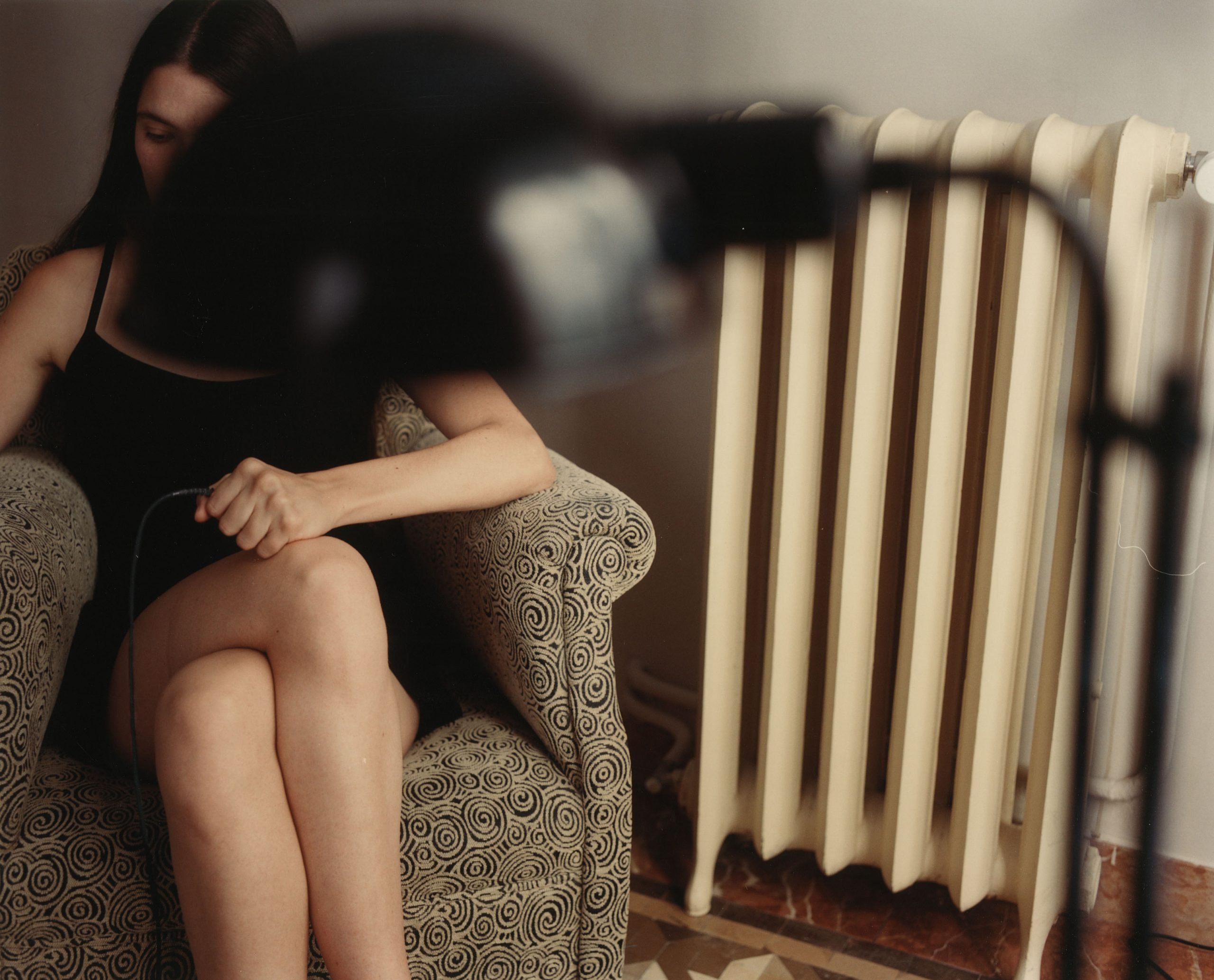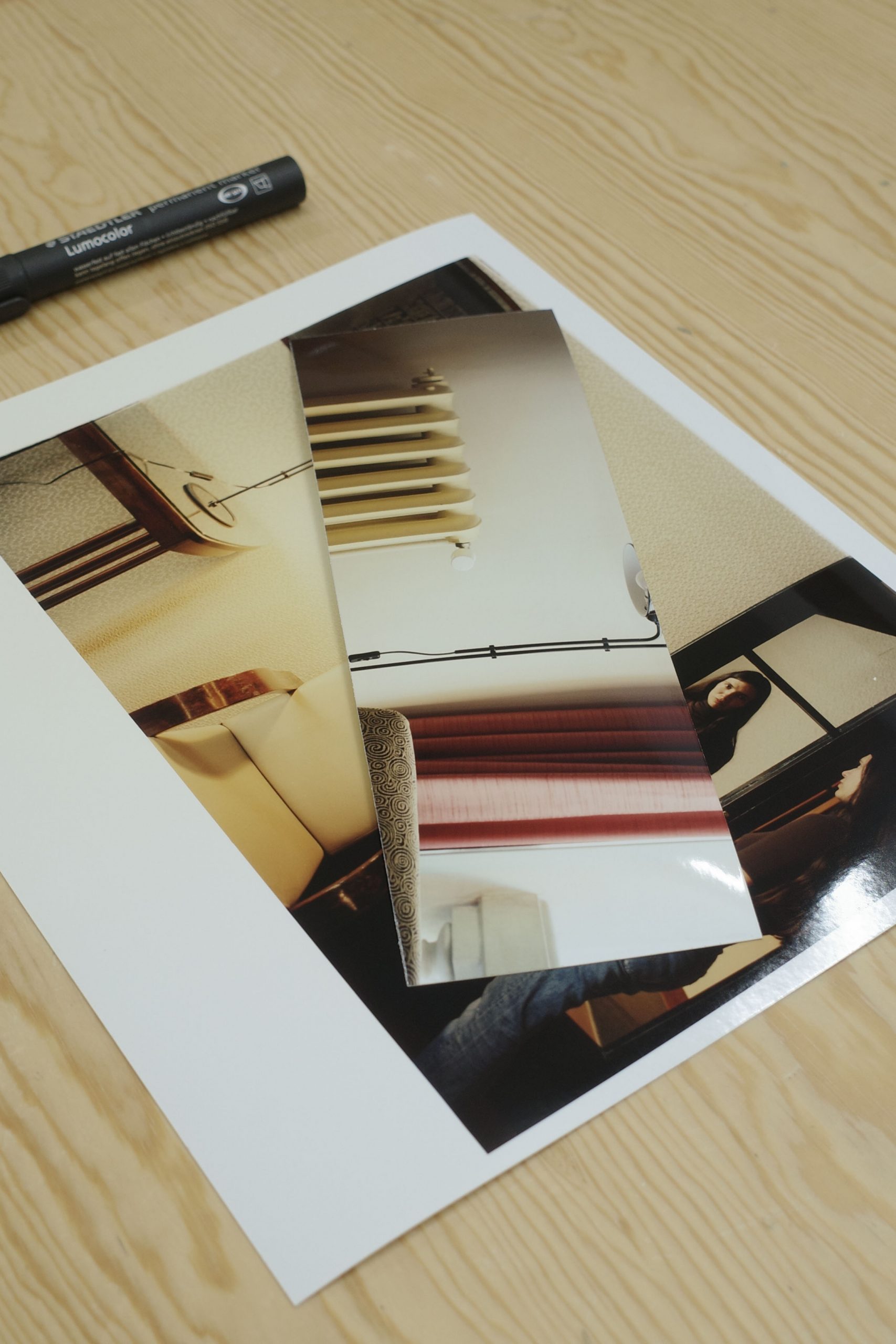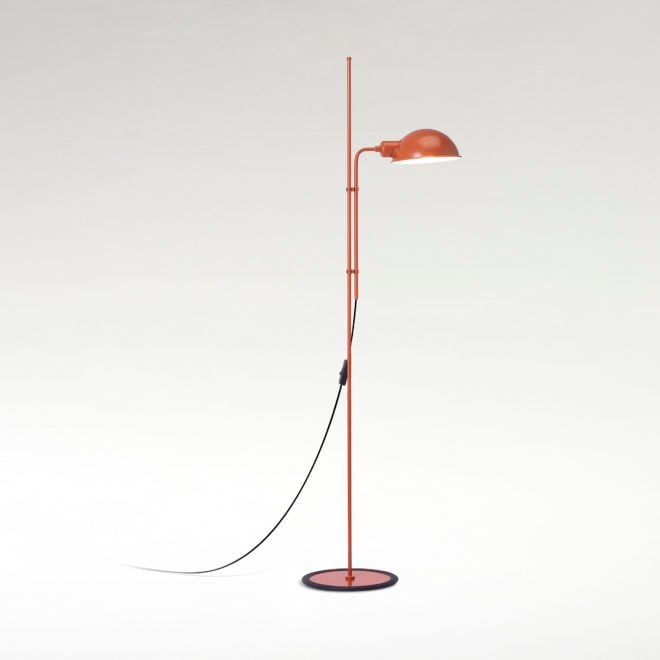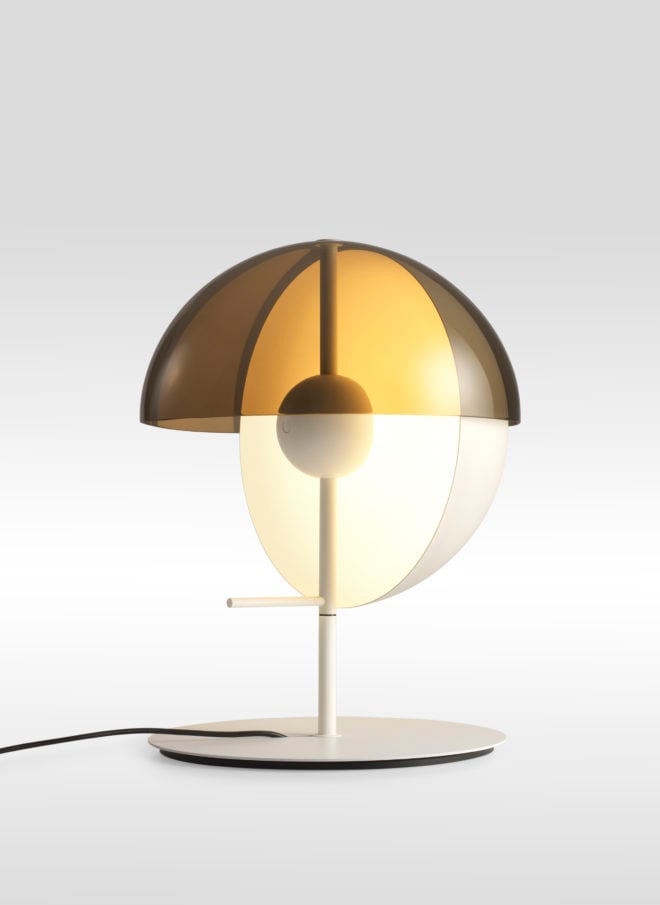Light Stories
Funiculí & Theia x Arale Reartes
Funiculí & Theia
Barcelona-born Arale Reartes forms part of a new generation of photographers characterised by their spirit and sensitivity towards the world around them.
In both her personal and artistic work, Arale uses self-portraiture as a means of exploration to find the honesty she misses in fashion photography. It’s her way of reclaiming women’s role in the industry.
It’s a pleasure to have you with us and spend some time chatting.

Artist, photographer, traveller, explorer... how do you define yourself? And why?
ARI think if I had to define myself, I’d say I’m primarily a photographer. Not just in a technical sense but because photography is my way of experiencing and living in the world. It's how I observe, process what surrounds me and connect with what sometimes goes unnoticed.
Self-portrait is your main subject. What do you look for in yourself?
ARI started doing self-portraits as a kind of refuge from my work in fashion photography. In both worlds, fashion and photography, I feel there's always a hierarchy: a gaze that imposes itself on what's being photographed, loaded with gender, class, race... a gaze that determines how the object is seen.
Self-portraiture is my way of breaking with that. When I photograph myself, the relationship becomes balanced. It's just the camera and me, without hierarchies. I find a form of honesty that doesn't appear in other contexts.
That honesty leads me to explore other themes but always through self-portraiture. It's the place I return to again and again. Where everything begins.
We love how you use mirrors in some of your images. What do you find in them?
ARThe self-timer, for me, is a way of taking control: I'm the one who decides when and how the image is taken. A mirror, on the other hand, is an affirmation.
Traditionally, women are taught that their reflected image isn’t good enough, that it must be changed: it must be thinner, have no blemishes, achieve an impossible perfection. A mirror thus becomes a tool of judgment.
I use it in exactly the opposite way. When I look in a mirror, I don't search for flaws to correct but an image I can reclaim. I see myself; I like myself, I accept myself and I show it. It's a way of resisting that narrative that tells us we should always be someone else.
Tell us about your favourite shot.
ARIt's very difficult for me to choose just one but I think my series "Rooms: Pursuit of Home" is the one that really defined my narrative and my style. I feel that everything that has come afterwards stems in some way from the images I created for that series.
You use a lot of natural light. When it's not possible, how do you illuminate your sets?
ARWhen I don't have access to natural light, I try to recreate it with artificial light or incorporate real light sources, like lamps that are turned on. I really like playing with the light that’s already present in a space, whether natural or not. If there's a lamp, I'm interested in using it. It's something I pay close attention to when I watch films; I'm fascinated when the lighting comes from the real light of the location.
Lately I'm particularly obsessed with a Chantal Akerman film "Jeanne Dielman, 23 quai du Commerce, 1080 Bruxelles" in which, every time the characters enter or leave a room, they turn the light on or off. It gives the sensation that the entire film is lit solely with the real lights of the house, which vary depending on whether it's day or night. It’s caught my attention because it's not something usual in cinema or fashion, where everything is usually perfectly lit externally, almost invisibly. That honesty in lighting inspires me and that's why I now want to start exploring that area.

What's your relationship with design? How important is it for you?
ARI'm especially drawn to designer lamps and furniture because they condense something I’m deeply interested in: how an everyday object can be, at the same time, functional and a form of art.
What kind of lighting makes you feel more comfortable in a hotel room?
ARI think I'm looking for something similar to what I have at home: either lots of natural light or specific points of light, but never light that comes from the ceiling.



